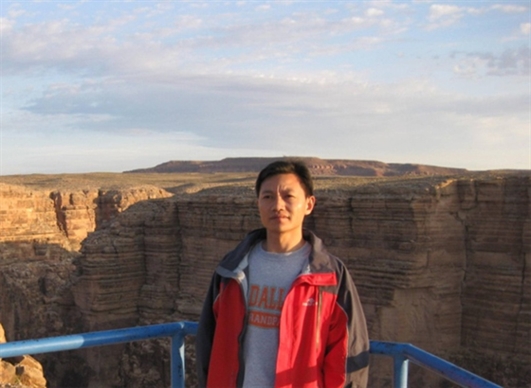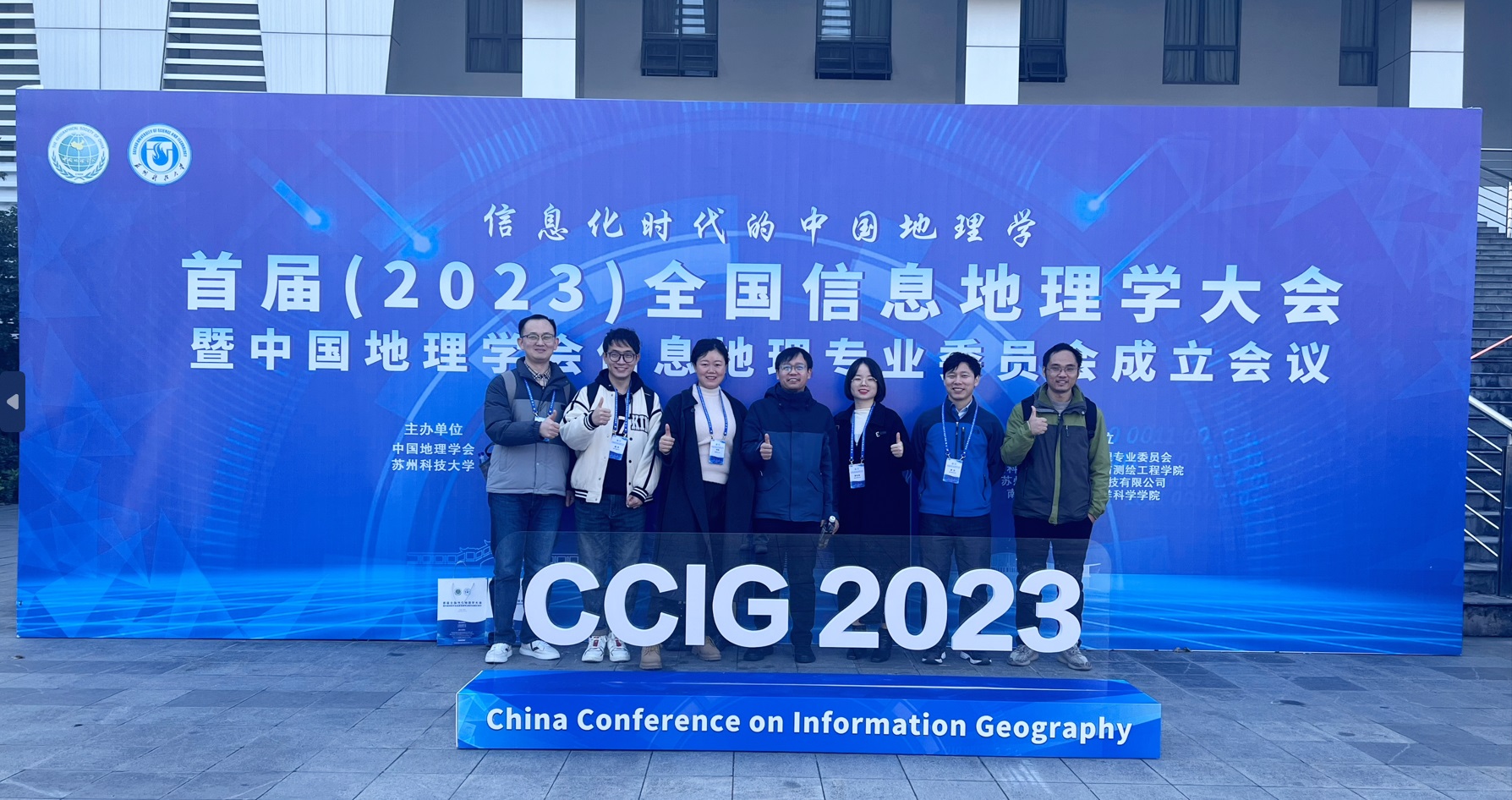数据模型
包括:地理时空与几何代数空间的映射模式,地理过程连续-离散一体化表达模式,场景数据模型,地理规律驱动的GIS数据结构与索引。

包括:地理时空与几何代数空间的映射模式,地理过程连续-离散一体化表达模式,场景数据模型,地理规律驱动的GIS数据结构与索引。
包括:新型GIS计算框架;计算模型算子库;分析流程统一的结构化模板;脚本化模板开发方法;算法解析优化与并行化。
包括:地理模型模式的自适应集成与改造;动态模型的GIS计算嵌入;结构化特征模型的GIS计算嵌入;连续地理模型GIS计算嵌入。
包括:系统架构;计算算子库;计算引擎;系统功能与截图;典型分析案例(三维城市案例、南极海地冰案例、应急疏散案例等)。
2023年11月18-19日,由中国地理学会和苏州科技大学共同主办的“首届全国信息地理学大会暨中国地理学会信息地理专业委员会成立会议”在苏州召开。本次大会以“信息化时代的中国地理学”为主题,俞肇元教授、罗文教授、李冬双副教授、硕士生黄亚迪共同参加了大会。其中俞肇元教授作了“从二元空间到三元世界:信息地理学中空间与对象的重构”主题的报告,罗文教授作了“地理信息场景一体化表达与计算的范畴学方法”主题的报告,李冬双副教授作了”AI for Ocean Science”主题的报告。

2023年11月14-17日,赵彬如副教授参加了由International Consortium on Landslides在佛罗伦萨和意大利主办的第6届 World Landslide Forum,并在论坛作了”Assessing the potential of different satellite soil moisture products in landslide hazard assessment”的汇报。
2023年11月9-12日,俞肇元教授、罗文教授、李冬双副教授、博士生杜沛、王建在厦门参加了由联合国海洋十年计划项目组主办的第二届国际数字孪生海洋峰会,本次峰会围绕感知、模拟、可视等主题,会议中俞肇元教授作了”A Scenario-based Information Integration and Interaction Framework based on Large Language Model for Ocean Digital Twin System”的报告,罗文教授作了”Multi-dimensional and multi-level complex network model for expressing game relationships among stakeholders in coastal zones”报告,杜沛博士作了”The Construction Patterns of Data Management Framework for Digital Twin system in Coastal Region”的报告。
2023年11月3-5日,由中国测绘学会摄影测量与遥感专业委员会、武汉大学遥感信息工程学院主办的摄影测量与遥感2023学术年会在上海举行,赵彬如副教授参加了会议并作了“顾及城市建筑精细结构的城市内涝模拟”主题的报告。